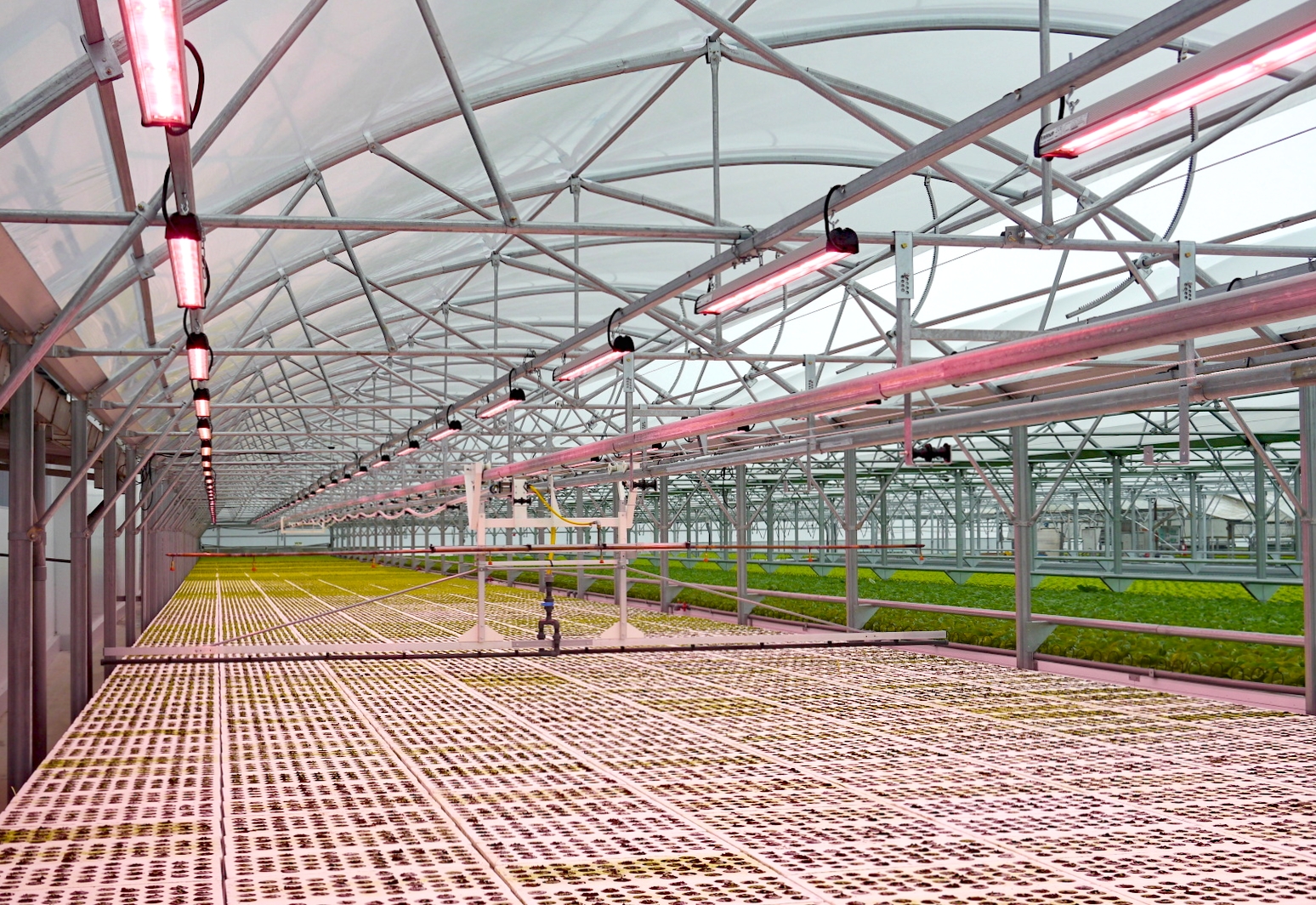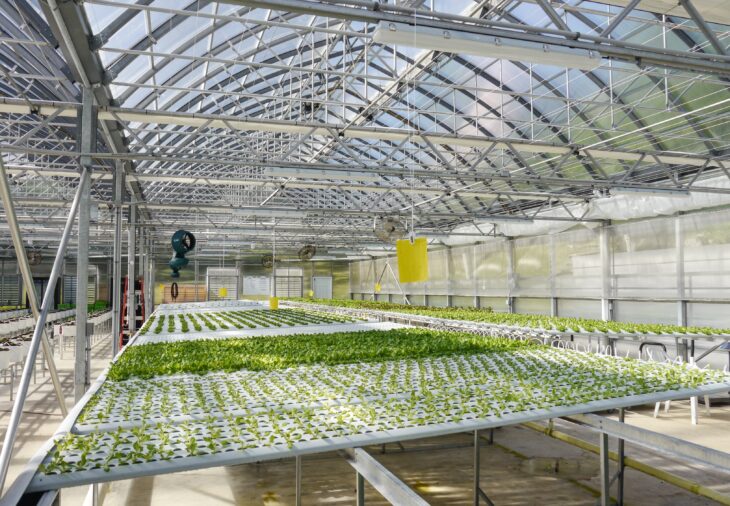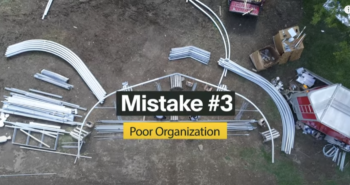This post is also available in: ![]() English
English
Building a hydroponic greenhouse kit can be a rewarding (very profitable) project that allows you to grow plants efficiently in a controlled environment. Here’s a step-by-step guide to help you get started.

Materials and Tools You’ll Need:
- Greenhouse structure (durability, design, height, volume, ventilation air exchange.. are key parameters to select the right one !)
- Hydroponic system components (e.g., grow trays, reservoirs, pumps, tubing, air stones, net pots) or already built hydroponic system kit
- Growing medium (e.g., peat moss, coco coir, perlite)
- Nutrient solution (the right ferti-irrigation system is key!)
- Ventilation system (exhaust fans, intake vents, horizontal or vertical air flow fans)
- Heating and cooling system depending your project location (to be analyzed)
- Temperature and humidity control equipment
- pH and EC (electrical conductivity) meters
- Timer for lighting and irrigation or complete climate control system (done by a computer)
- Basic hand tools (screwdrivers, wrenches, pliers, etc.)
- Complementary grow lights (e.g., LED, fluorescent, or high-pressure sodium lights) for the total growing area or just focusing on the propagation young plants
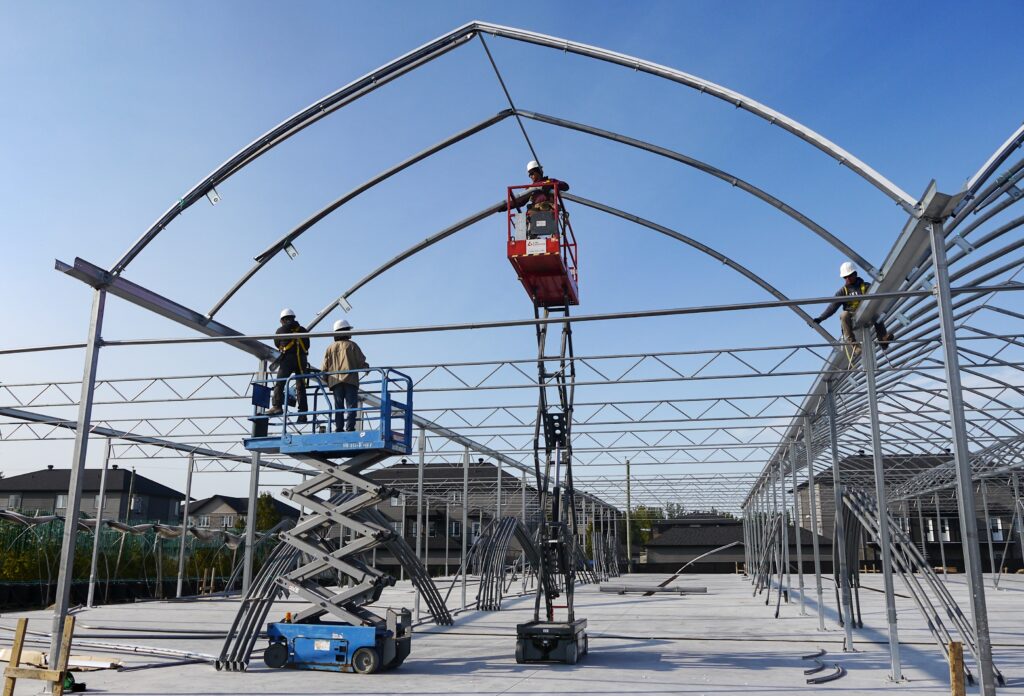
Step-by-Step Guide:
- Choose a Location: Select a suitable location for your greenhouse. It should receive adequate sunlight, have access to electricity and water, and be protected from strong winds and pests. Learn more on how to properly oriente your future greenhouse.
- Design Your Greenhouse: Decide on the dimensions and orientation of your greenhouse. You can choose from various greenhouse available on the market.
- Build or Assemble the Greenhouse: Follow the instructions that come with your greenhouse kit or construct a custom greenhouse structure. Ensure it is sturdy, well-ventilated, and has sufficient insulation for temperature control.
- Install Ventilation: Proper ventilation is essential to control temperature and humidity. Install exhaust fans and intake vents to maintain optimal conditions inside the greenhouse. HAF or VAF will be also needed for the active air circulation inside the growing area.
- Install your greenhouse Equipment: heating system and cooling to be able to keep homogenous and optimal growing conditions during the days and nights year-round. Do not forget the shading/thermal screen system to protect the crops and be more efficient keeping the hot air reducing your operating costs.
- Install Lighting: If natural sunlight is insufficient, install grow lights above your hydroponic system. LED grow lights are energy-efficient and widely used in hydroponics.
- Set Up Hydroponic System: Assemble and install your hydroponic system components. This typically includes grow trays, reservoirs, pumps, tubing, air stones, and net pots. Ensure that your system has proper drainage and a recirculating design.
- Choose a Growing Medium: Select a suitable growing medium for your hydroponic system. Common options include peat moss, coco coir, and perlite. Fill the growing pots with your chosen medium.
- Mix Nutrient Solution: Follow the manufacturer’s instructions to prepare the nutrient solution for your hydroponic system. Monitor and adjust the pH and EC levels regularly to ensure the proper nutrient balance.
- Plant Your Crops: Plant your chosen crops in the net pots and place them in the hydroponic trays. Ensure that the roots are submerged in the nutrient solution.
- Set Up Irrigation and Climate Control set-points: Use timers to automate the irrigation and climate control set-points. Most hydroponic systems require frequent, short watering cycles throughout the day. A weather station can be linked (strongly recommended) to your computer to be able to monitor the outside parameters (light, wind, rain…) to have a more dynamic climate control through the system you choose.
- Monitor and Maintain: Regularly check and maintain your hydroponic system. This includes monitoring nutrient levels, pH, and EC, cleaning components, and ensuring proper airflow and temperature control.
- Harvest and Enjoy: When your crops have reached maturity, harvest and enjoy the fruits of your labor. Continue to care for and maintain your hydroponic greenhouse for ongoing crop production.
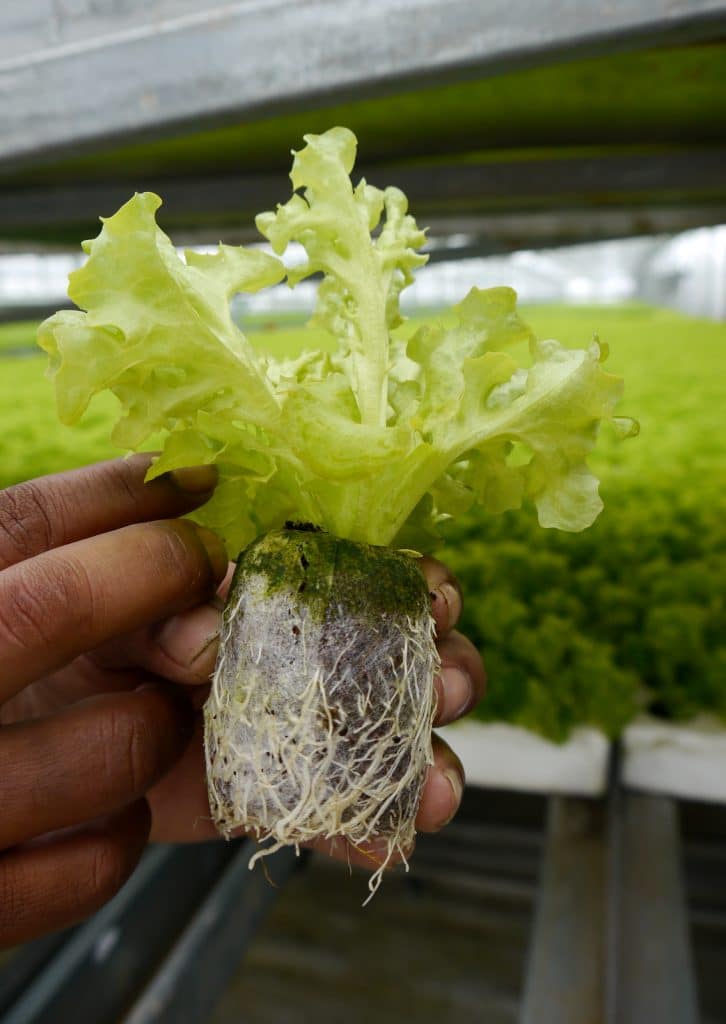
Remember that building and maintaining a hydroponic greenhouse kit requires ongoing attention and adjustments to ensure optimal plant growth. Learning about hydroponic techniques and horticulture will help you make the most of your greenhouse and achieve successful yields!
If you have a project and you need some support, just contact me by email or LinkedIn directly !
Additional helpful information to read on the blog :
